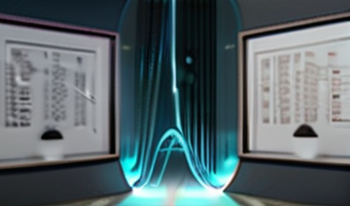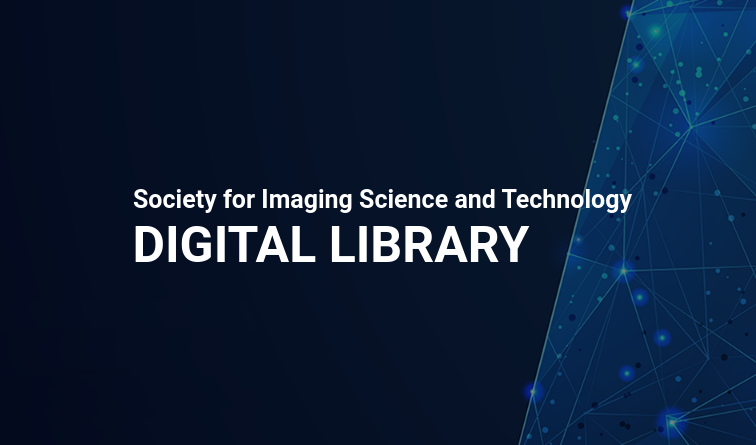
Archives are traditionally identified as holders of text-based information. However, they also possess audio and video materials, which are the focus of this paper. In archival institutions, the absence of transcriptions for audio and video materials presents significant challenges. These materials often hold historical, cultural, and research value, but without transcriptions, their accessibility and usability are limited. The lack of transcriptions makes it difficult to index and search the content, hindering effective utilization. While existing ASR (Automatic Speech Recognition) technologies can assist, these may suffer from mediocre accuracy, especially with older or poor-quality materials. This work addresses the challenge by utilizing state of the art multilingual LLM (Large Language Model), simple to use UI (User Interface) and GPU (Graphics Processing Unit) ready containers to create a simple and effective multilingual transportable ASR module.

HistoryForge (<ext-link ext-link-type="uri" xlink:href="https://historyforge.net">https://historyforge.net</ext-link>) is a web application that combines information from U.S. Census records, historical maps, and other records in an interactive framework of human and spatial relationships that illustrate what communities looked like and how they evolved over time. It generates an environment that invites a study of local history at the levels of neighborhood, family, and individual. HistoryForge is being developed using open source software so that any community can adopt it to explore their own local history and add archival material. This paper will describe the project's development, growing potential for enriching records with archival material, and its current implementation in four different communities. The rapid development of the last year has been supported by a two-year grant from the Public Engagement with Historical Records from the National Historical Publications and Records Commission of the National Archives.